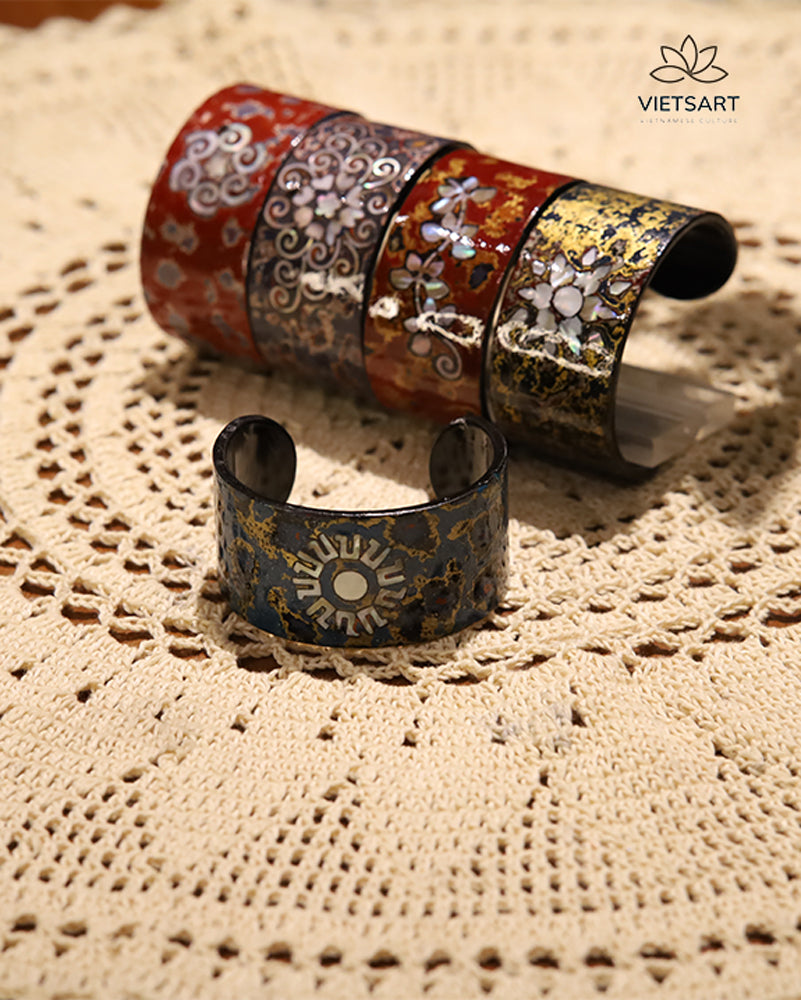Exploring Vietnamese Wet Rice Civilization: A Fusion of Art, Earth, and Culture.
Vietnamese wet rice civilization stands as a captivating aspect of Eastern Asian culture, deeply ingrained in the country's history and identity. Let's embark on a journey into the rich tapestry of Vietnamese wet rice civilization.
History: The history of Vietnamese wet rice civilization dates back thousands of years, evolving alongside the development of agriculture in the region. Around 2000 BCE, ancient Vietnamese people began practicing wet rice cultivation, harnessing the fertile soil and abundant waterways of the Red River Delta and the Mekong Delta. This marked the genesis of a civilization centered around rice farming, which became the cornerstone of Vietnamese society.
Cultural Significance: Wet rice cultivation not only provided sustenance but also permeated every aspect of Vietnamese life, from social structure to art and religion. Rice farming fostered cooperation and solidarity among communities, shaping traditional Vietnamese architecture with stilt houses designed to withstand flooding during the rainy season. Moreover, rice became integral to Vietnamese cuisine, with dishes like pho (rice noodle soup) and com (rice) emerging as culinary staples.
Community and Tradition: Vietnamese wet rice civilization is deeply intertwined with community values and traditions. Villages formed close-knit communities, where neighbors collaborated in the fields and rejoiced in harvest festivals as a unified whole. This communal spirit extended to the spiritual realm, with rituals venerating the rice goddess and ensuring abundant harvests. Wet rice cultivation also birthed traditional Vietnamese music, dance, and poetry, often exalting the beauty and abundance of nature.
Adaptation and Innovation: Over centuries, Vietnamese farmers honed sophisticated techniques to manage water resources and enhance rice yields. They constructed intricate irrigation systems, including dykes, canals, and terraced fields, to regulate flooding and efficiently distribute water. Additionally, they selectively bred rice varieties tailored to local climates and soil conditions, culminating in the development of high-yield rice strains that revolutionized agricultural productivity.
Legacy: Today, the legacy of Vietnamese wet rice civilization perseveres, shaping the country's cultural identity and agricultural practices. Despite modernization and urbanization, wet rice cultivation remains fundamental to rural life, celebrated through festivals, rituals, and traditional practices. It serves as a poignant reminder of the enduring bond between the Vietnamese people and their agrarian heritage.
In summary, Vietnamese wet rice civilization transcends mere historical significance to embody a living tradition that continues to influence the country's culture, identity, and way of life. It epitomizes the resilience, ingenuity, and communal spirit of the Vietnamese people, rendering it a captivating aspect of Eastern Asian culture to explore and appreciate.
































